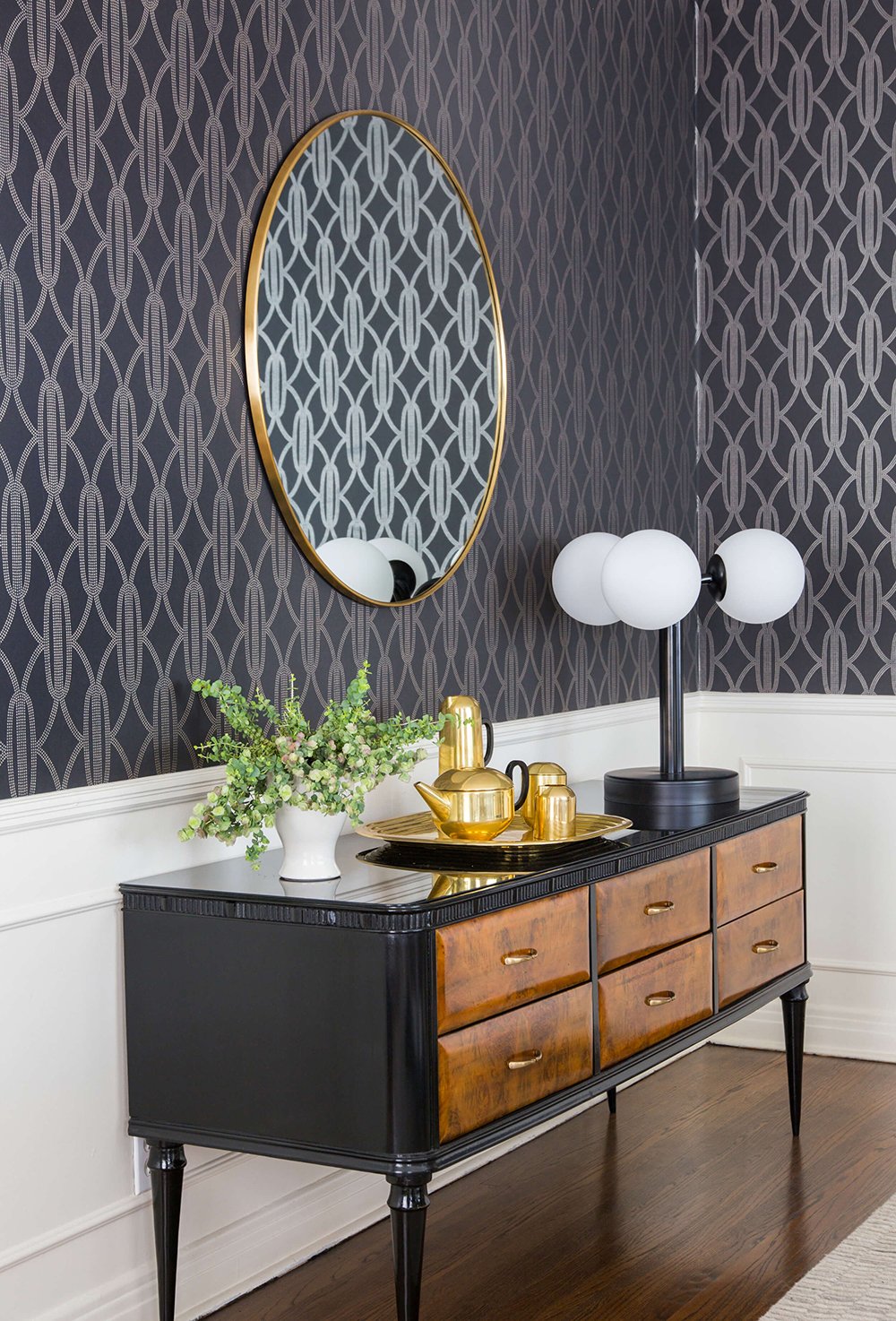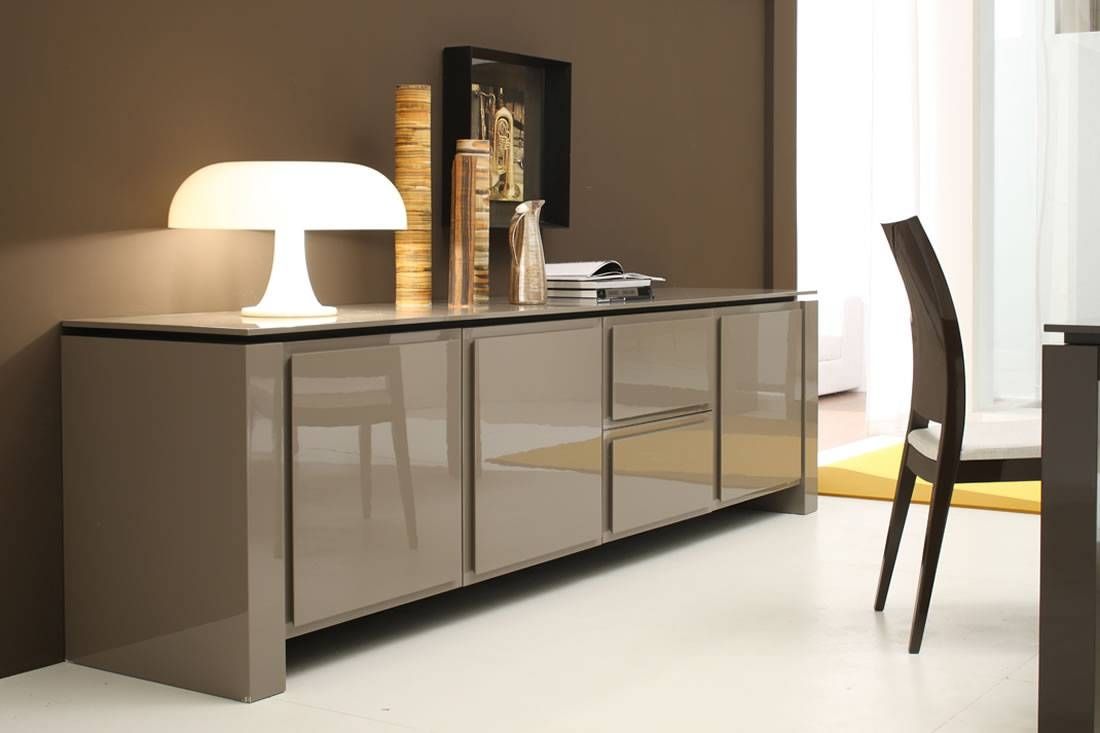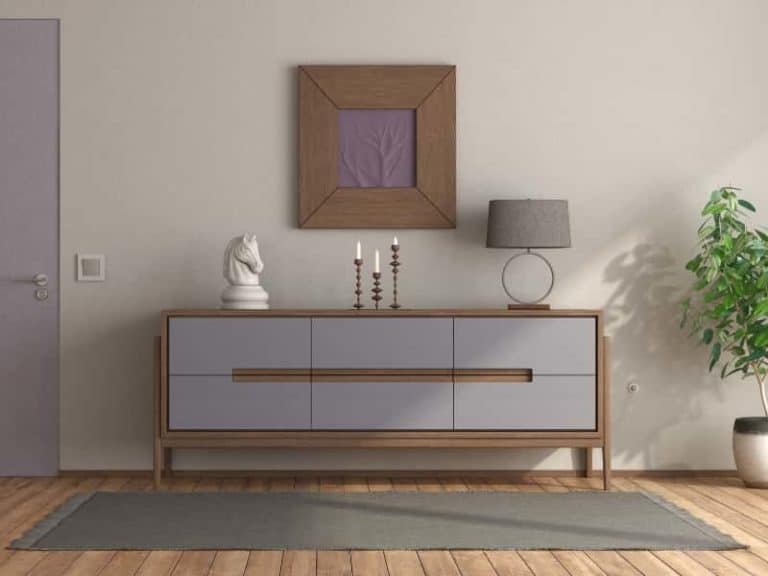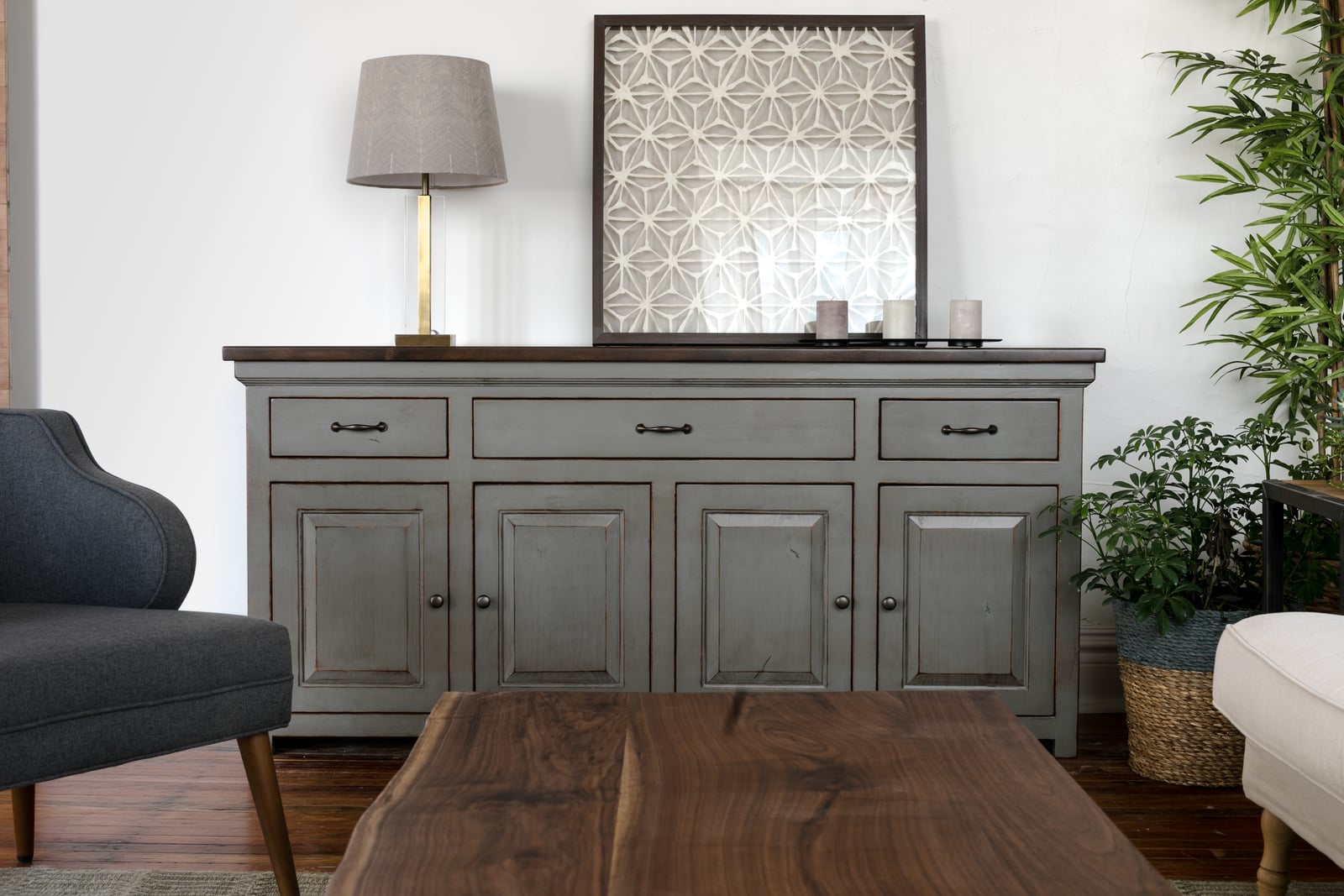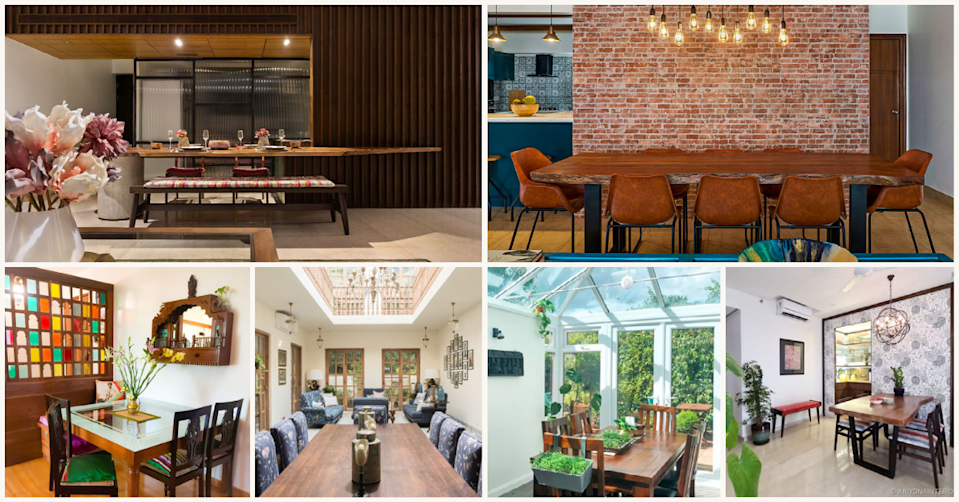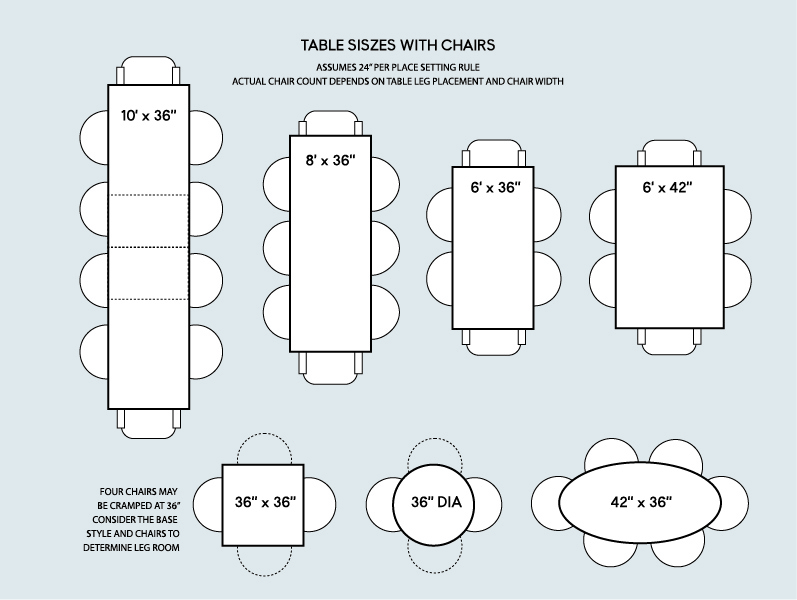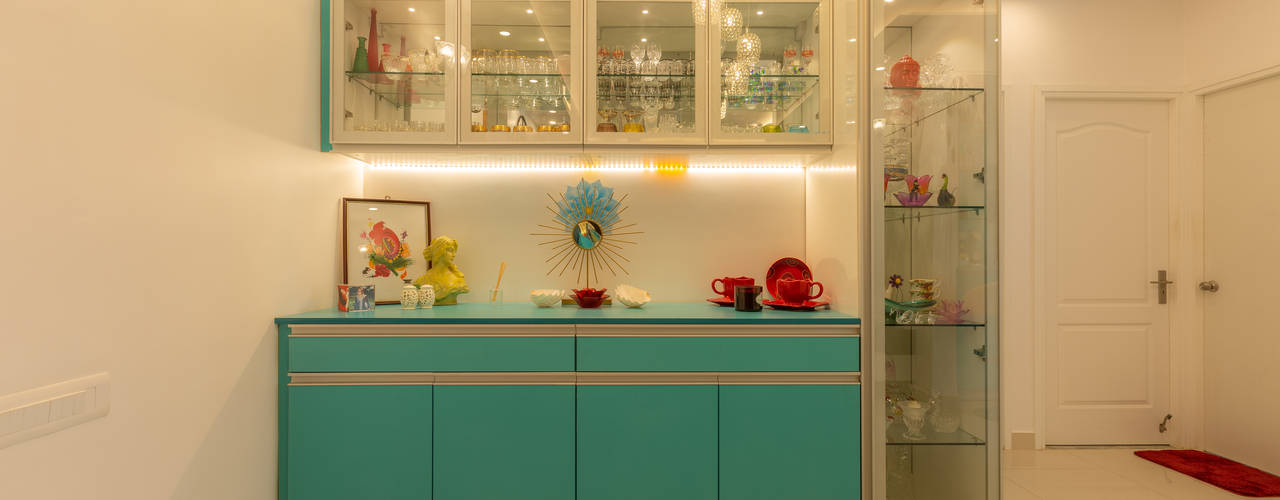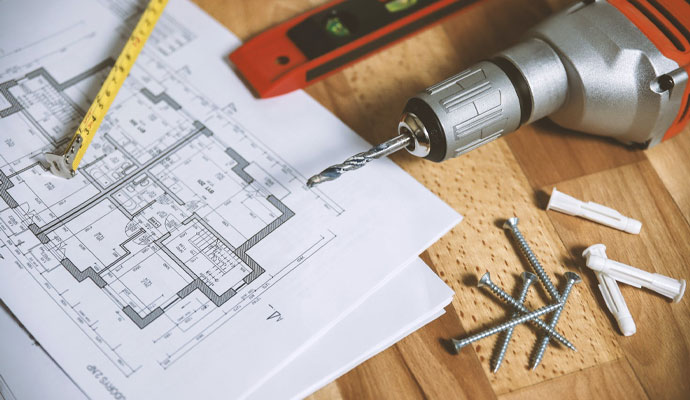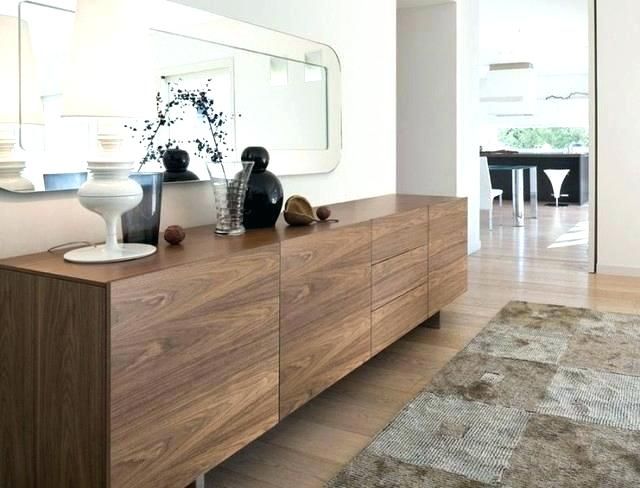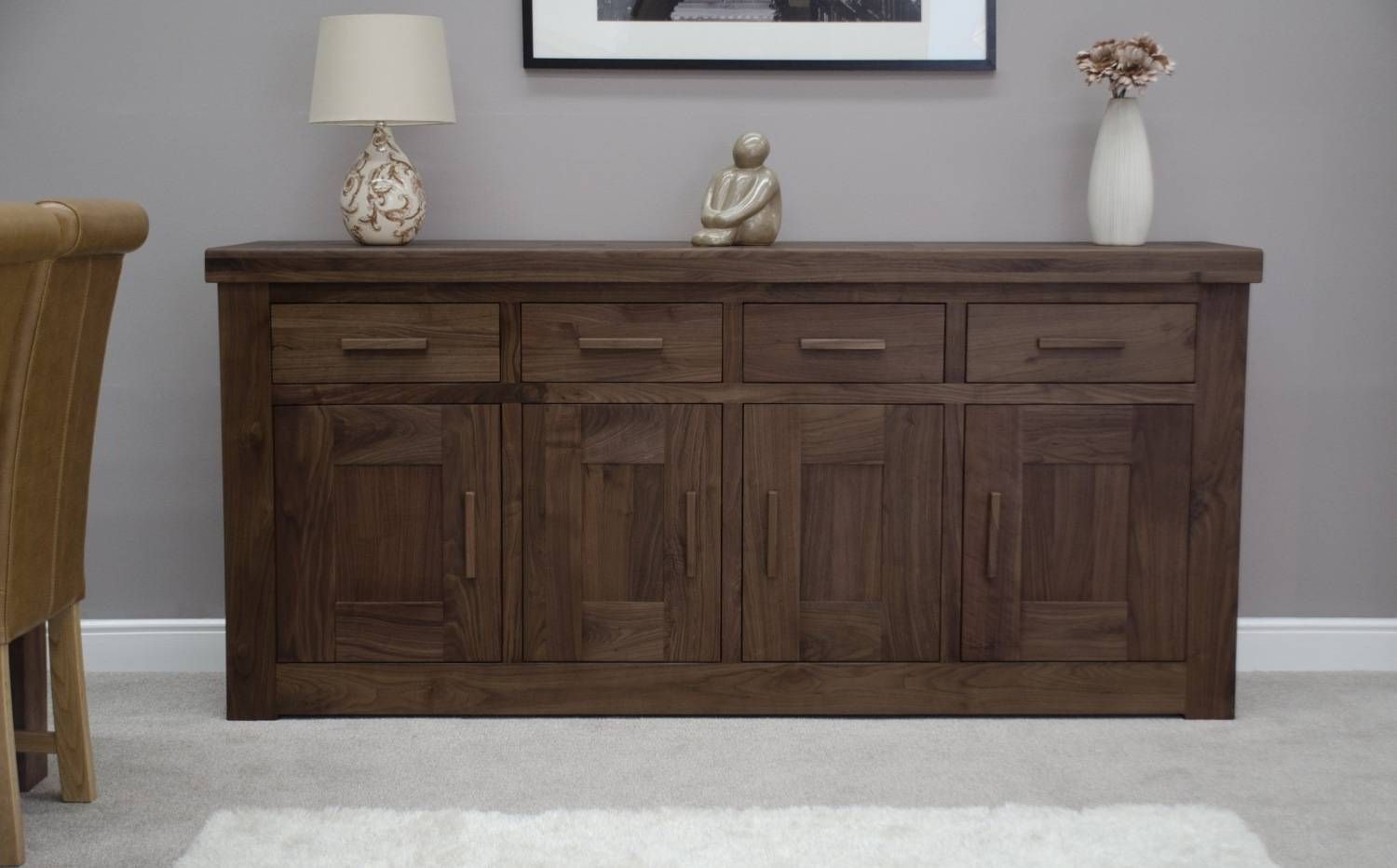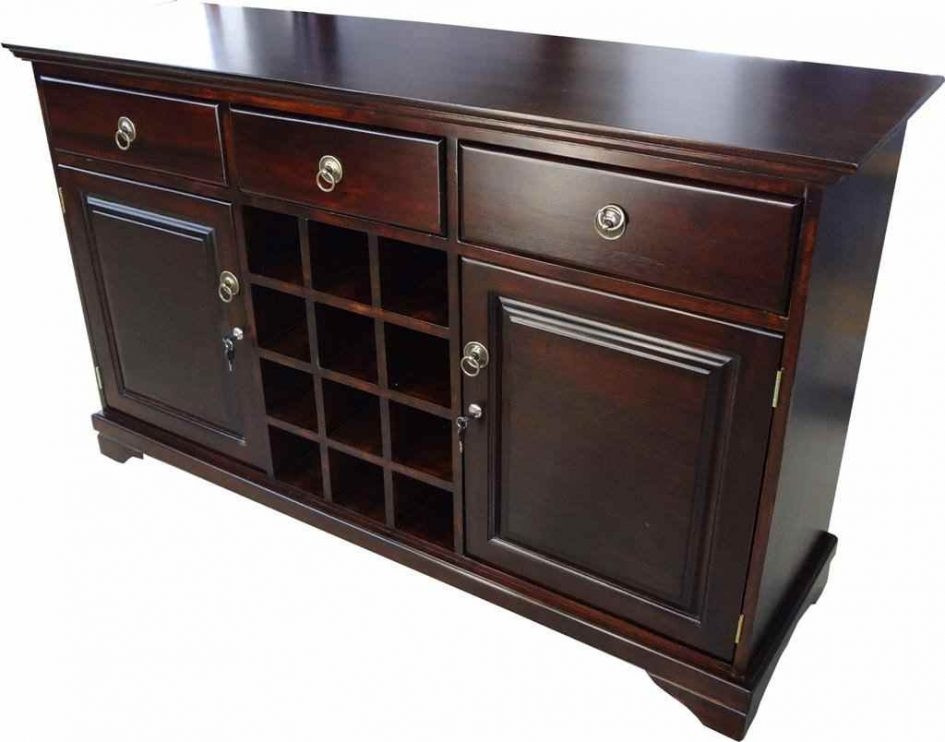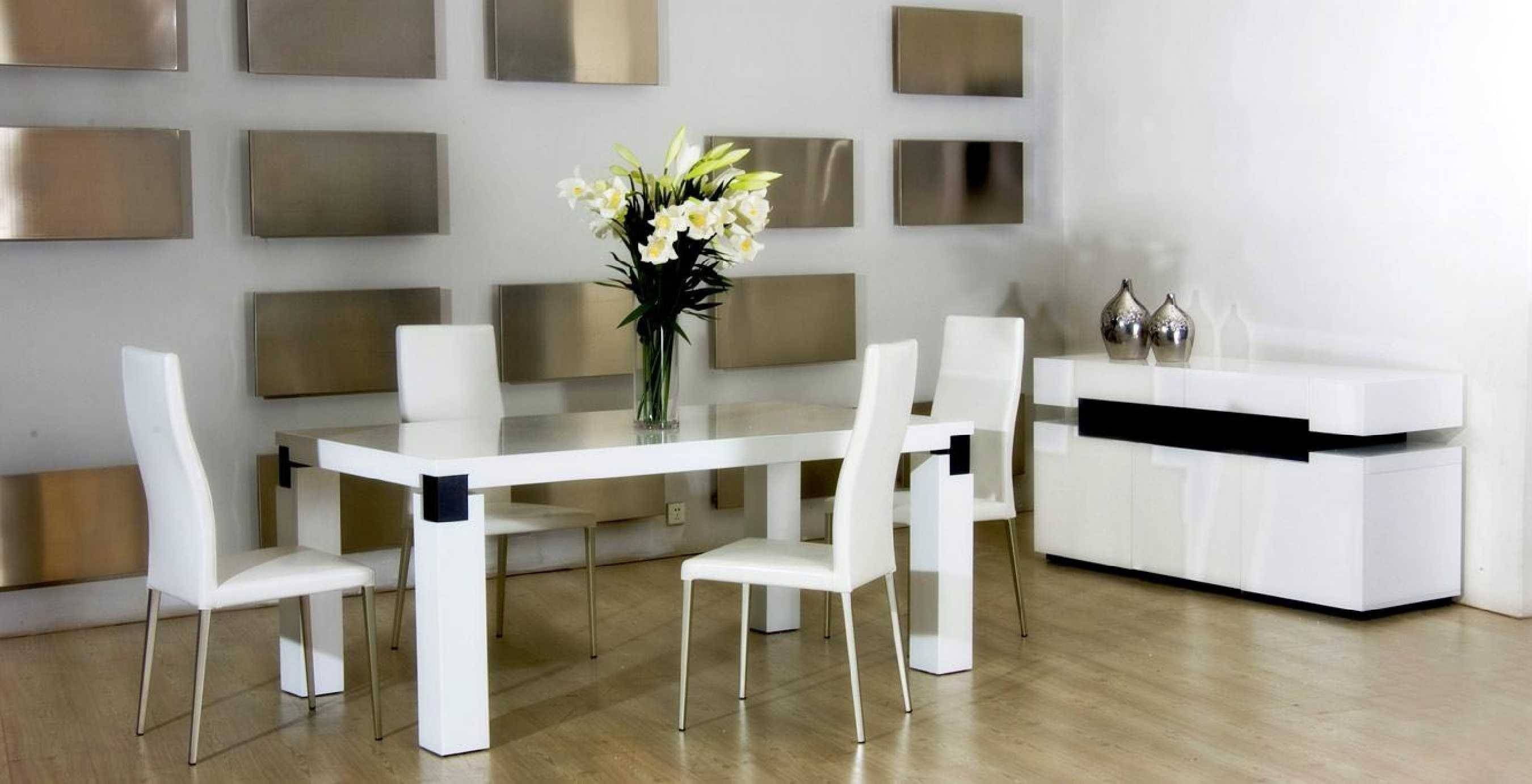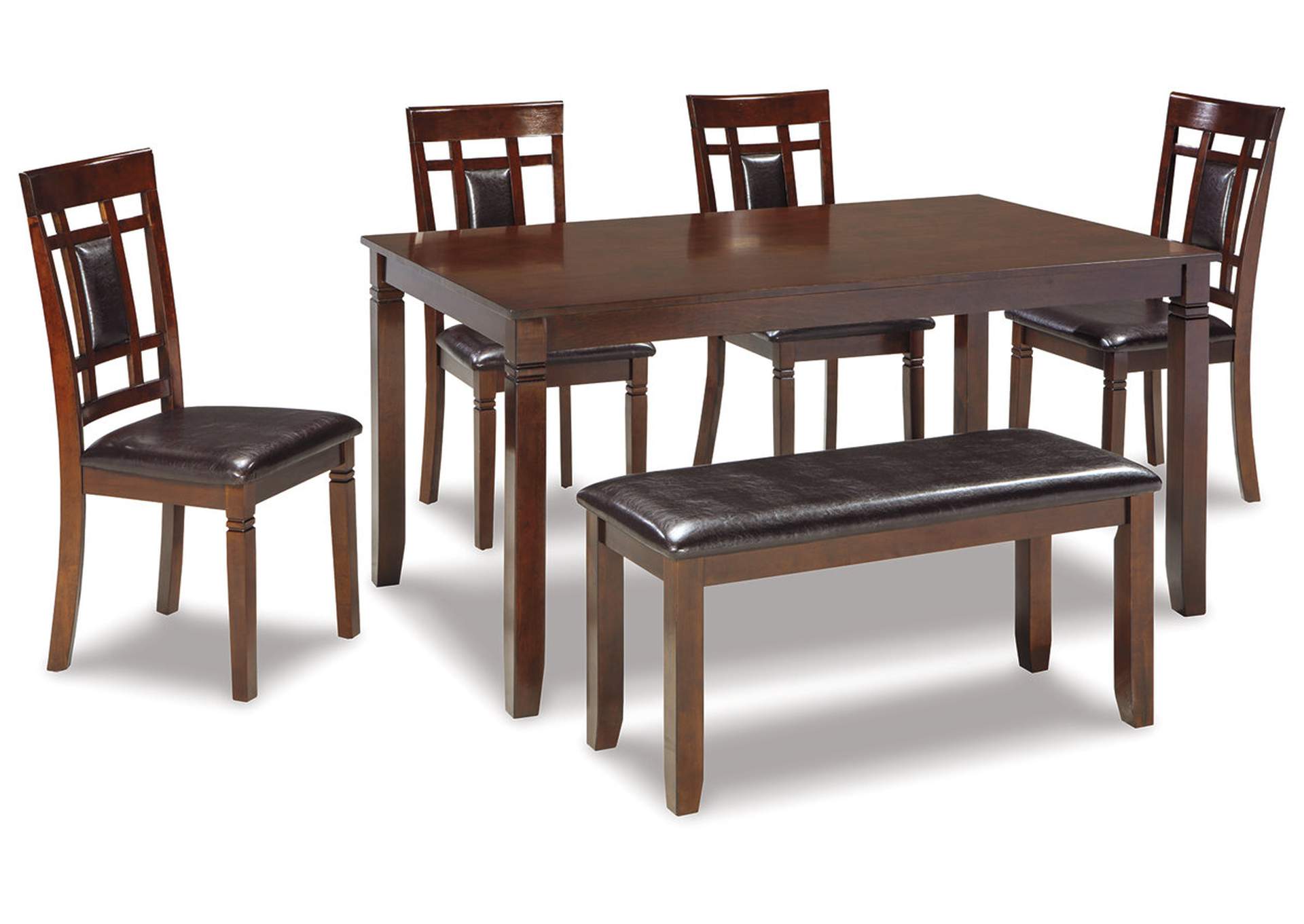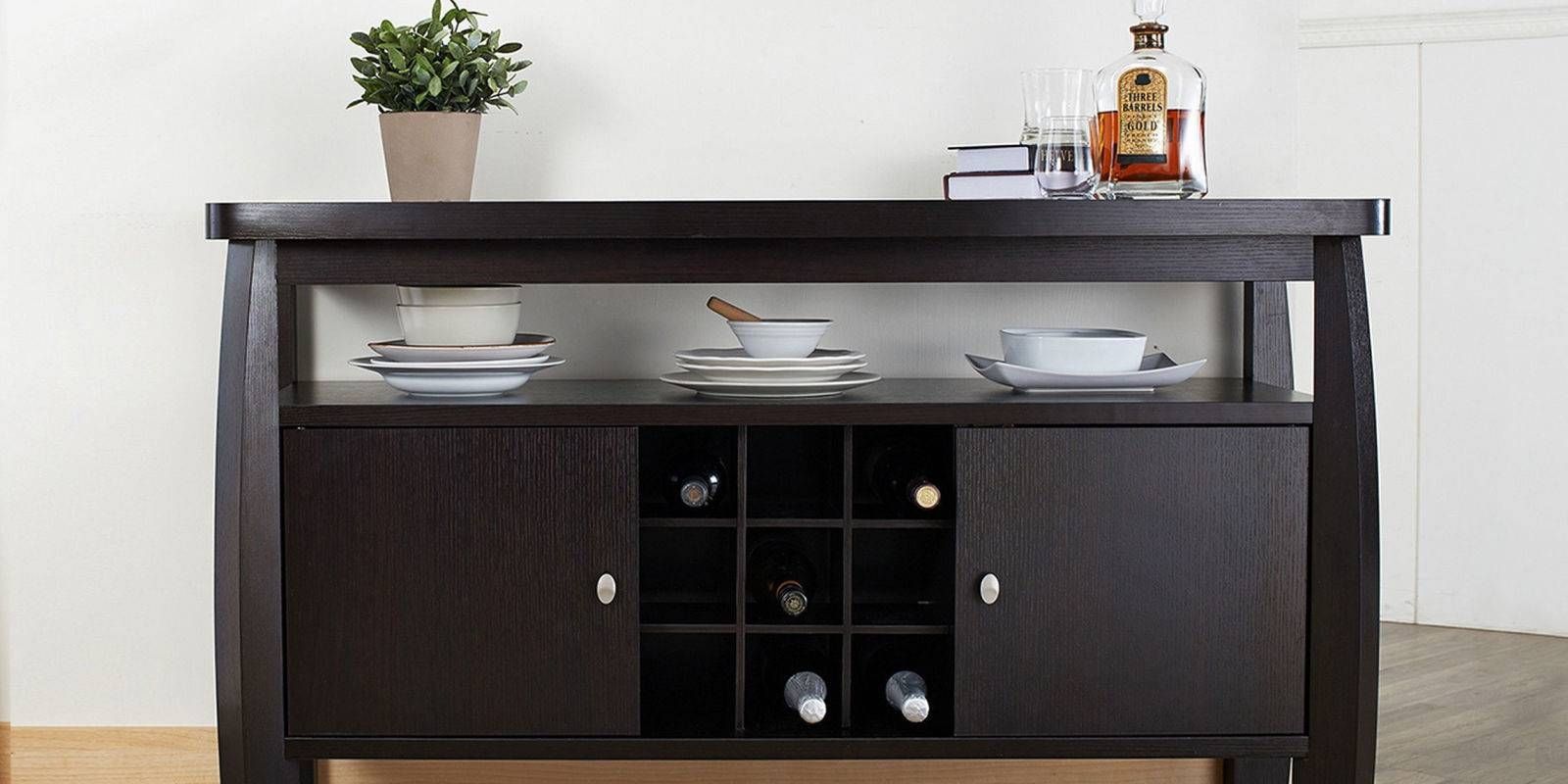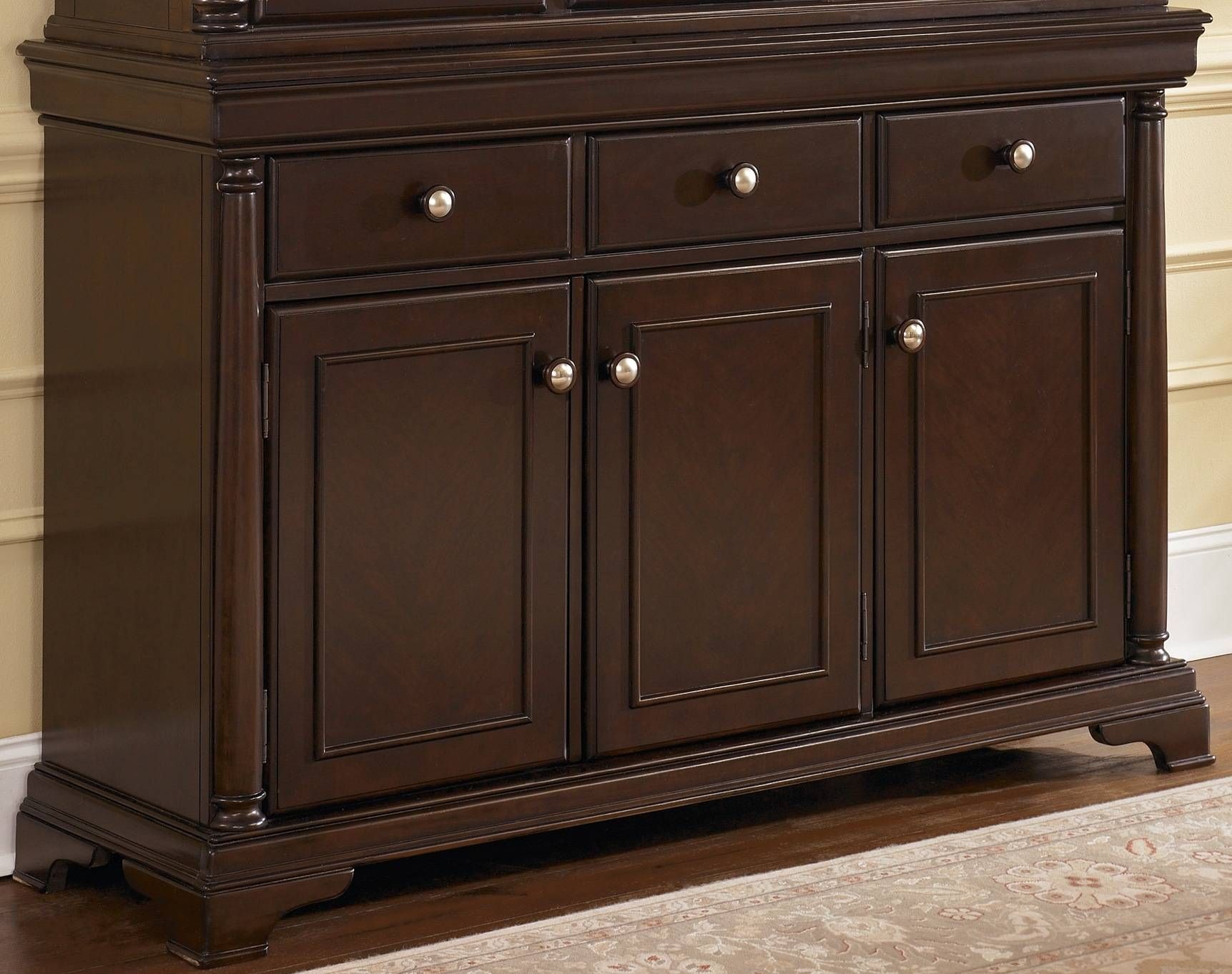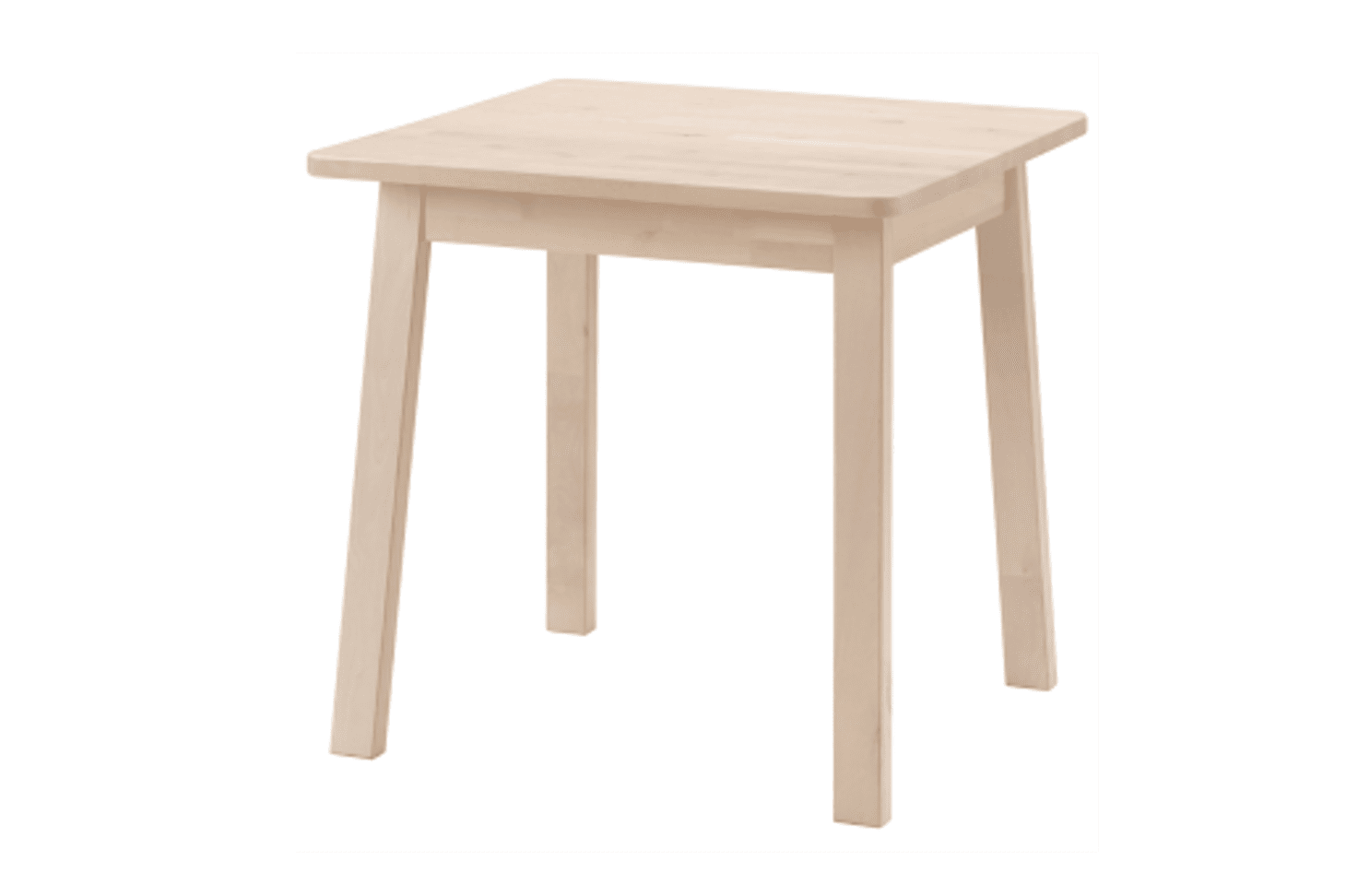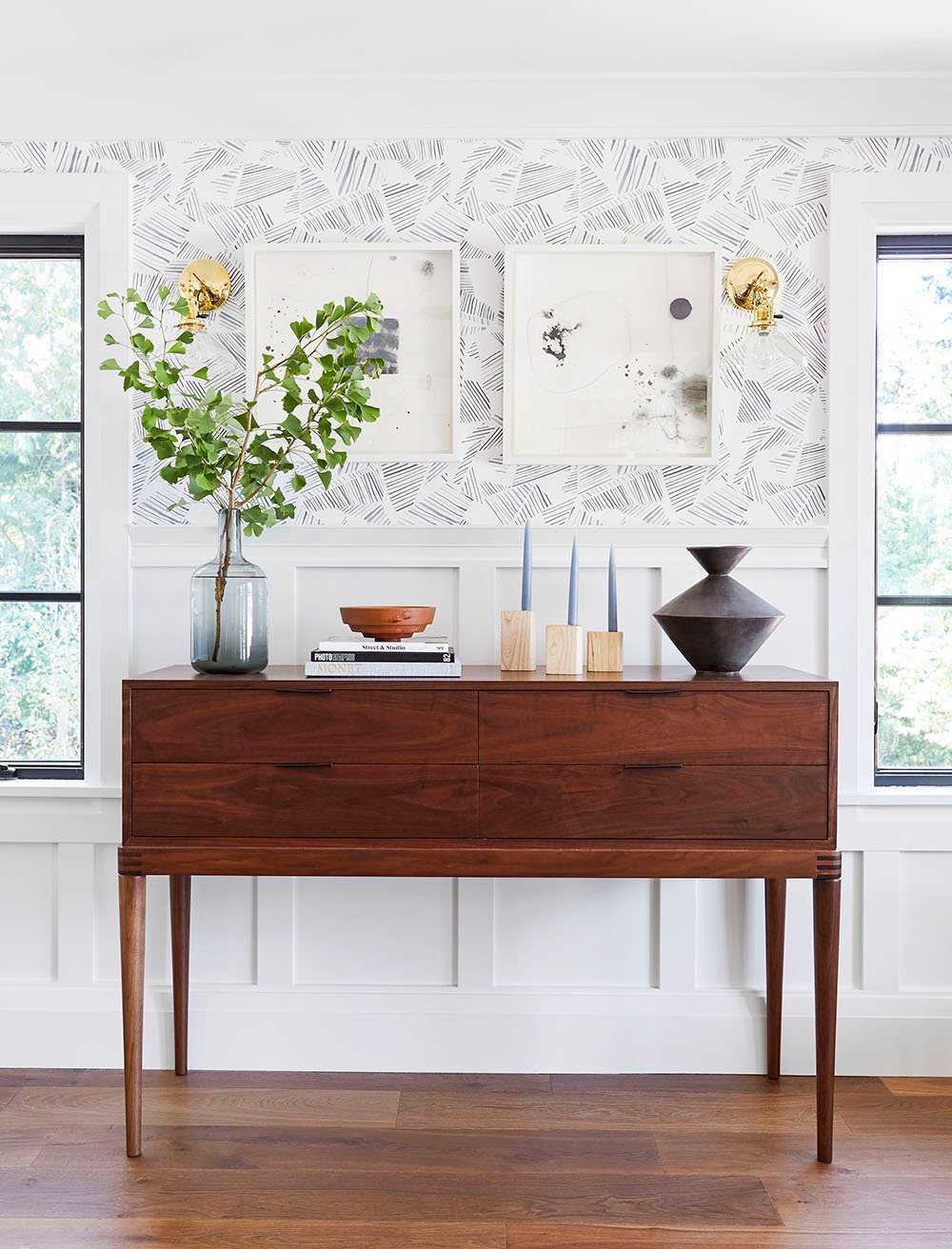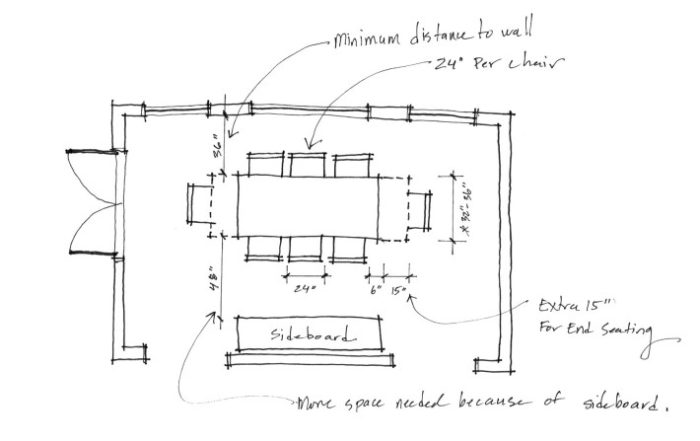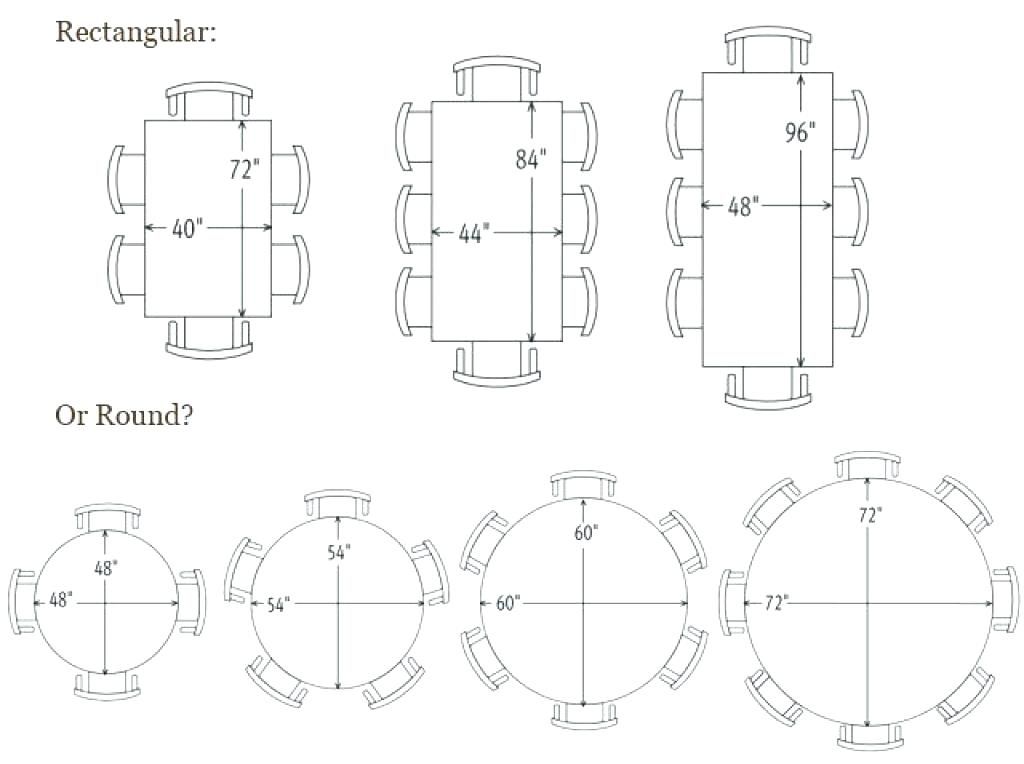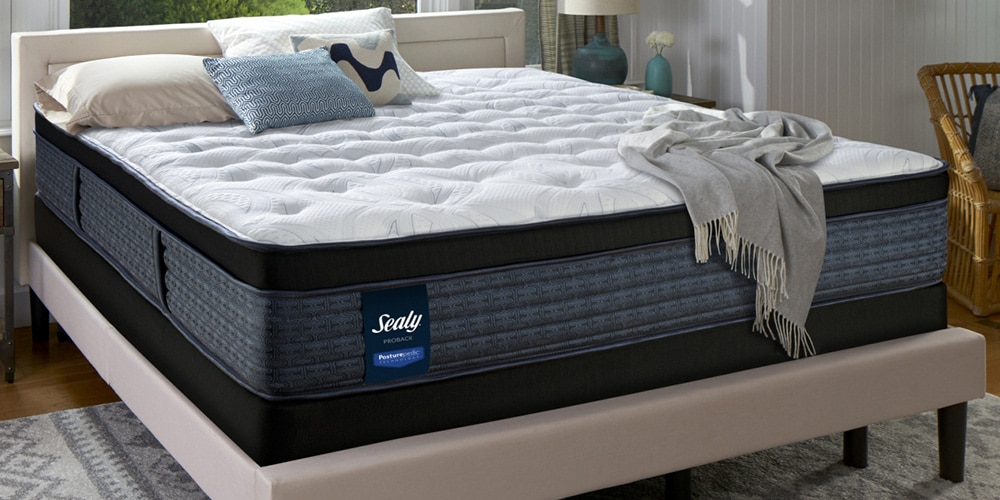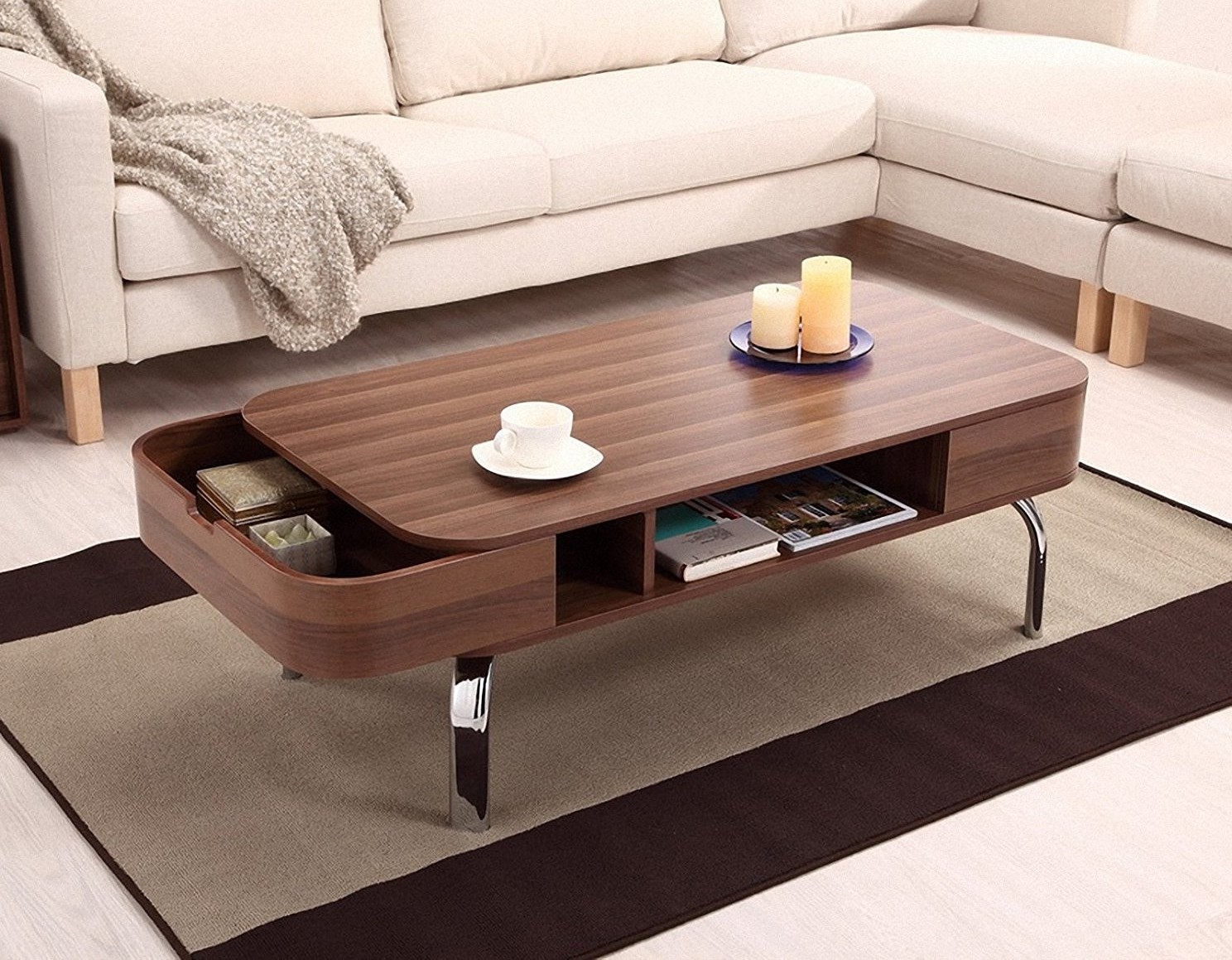Dining Room Sideboard Size Guide
When it comes to furnishing your dining room, one of the key pieces to consider is a sideboard. This versatile furniture item not only adds storage and functionality to your space, but it also serves as a stylish statement piece. However, choosing the right size sideboard for your dining room can be a bit overwhelming. To help you out, we've put together this comprehensive dining room sideboard size guide to assist you in finding the perfect fit for your home.
How to Choose the Right Size Sideboard for Your Dining Room
Before you start shopping for a dining room sideboard, it's important to take some measurements and consider your specific needs. Here are some factors to keep in mind when determining the right size sideboard for your dining room:
1. Available Space: The first thing to consider is the size of your dining room and the available space for a sideboard. You don't want to end up with a piece that is too large for your room and makes it feel cramped.
2. Dining Table Size: Another important factor is the size of your dining table. Your sideboard should be proportionate to the table and not look too small or too large in comparison.
3. Storage Needs: Think about what you will be using the sideboard for. If you need extra storage for dishes, linens, or other dining essentials, then a larger sideboard may be necessary.
4. Style of Your Dining Room: Consider the overall style of your dining room and choose a sideboard that complements it. If you have a small dining room with a minimalist design, a simple and sleek sideboard may be the best option.
Ideal Dimensions for a Dining Room Sideboard
So, what are the ideal dimensions for a dining room sideboard? The truth is, there is no one-size-fits-all answer. The size of your sideboard will ultimately depend on the size of your dining room and your personal preferences. However, here are some general guidelines to keep in mind:
1. Length: The average length of a dining room sideboard ranges from 48 inches to 72 inches. This provides enough space for storage and also serves as a decorative piece in the room.
2. Height: The height of a sideboard can vary, but it should be lower than the height of your dining table. This allows for a cohesive look and also makes it easier to serve food from the sideboard.
3. Depth: The depth of a sideboard usually ranges from 18 inches to 24 inches. This provides enough space for storage without taking up too much floor space in your dining room.
Tips for Measuring Your Dining Room for a Sideboard
Before you start shopping for a sideboard, it's important to measure your dining room to ensure you get the right size. Here are some tips to help you get accurate measurements:
1. Measure the Available Space: Use a measuring tape to measure the available space in your dining room where you plan to place the sideboard. Make sure to leave enough room for people to walk around comfortably.
2. Measure the Dining Table: Measure the length and width of your dining table to get an idea of the size of your sideboard. It's important to have a sideboard that is proportional to your table.
3. Measure the Distance from Wall: If you plan on placing the sideboard against a wall, measure the distance from the wall to the edge of your dining table. This will give you an idea of how much space you have to work with.
Common Sizes for Dining Room Sideboards
While there is no standard size for a dining room sideboard, there are some common sizes that you can use as a reference when shopping. These include:
1. 48 inches long by 18 inches deep by 34 inches high: This is a popular size for smaller dining rooms or for those who don't need a lot of storage space. It's also a great option for a small apartment or condo.
2. 60 inches long by 20 inches deep by 36 inches high: This is a medium-sized sideboard that works well in most dining rooms. It provides enough storage space without being too overwhelming in a smaller room.
3. 72 inches long by 22 inches deep by 38 inches high: This is a larger sideboard that is perfect for those with a larger dining room or for those who need plenty of storage space. It can also serve as a buffet table for hosting dinner parties.
Choosing the Perfect Size Sideboard for Your Dining Room
When it comes down to it, the perfect size for a dining room sideboard will depend on your personal preferences and the specific needs of your space. Take into consideration the factors mentioned above and use your measurements as a guide to find the ideal size for your dining room.
Remember, it's always better to have a sideboard that is slightly too small than one that is too large. You can always add extra storage solutions, such as a wall-mounted shelf or a bar cart, if needed.
What Size Sideboard Fits in a Small Dining Room?
If you have a small dining room, you may be wondering what size sideboard will fit best. The truth is, any of the common sizes mentioned above can work in a small space. It all depends on your specific needs and the available space in your room.
If you have a very small dining room, you may want to consider a sideboard that is 48 inches or less in length. This will provide you with enough storage space without taking up too much room.
How to Determine the Best Size Sideboard for Your Dining Room
Here are some steps you can follow to determine the best size sideboard for your dining room:
1. Measure your dining room: Use a measuring tape to determine the available space in your dining room.
2. Measure your dining table: Measure the length and width of your dining table to get an idea of the size of the sideboard you need.
3. Consider your storage needs: Determine what you will be using the sideboard for and how much storage space you require.
4. Choose a style: Consider the style of your dining room and choose a sideboard that complements it.
5. Use your measurements as a guide: Use your measurements and the common sizes mentioned above as a guide to find the perfect size for your dining room.
Standard Dimensions for Dining Room Sideboards
While there is no one standard size for a dining room sideboard, there are some general dimensions to keep in mind. These include:
1. Length: 48 inches to 72 inches.
2. Height: Lower than the height of your dining table.
3. Depth: 18 inches to 24 inches.
Again, these are just guidelines and the size of your sideboard will ultimately depend on your individual needs and the available space in your dining room.
How to Measure Your Dining Room for the Perfect Sideboard Size
If you're still unsure about how to measure your dining room for the perfect sideboard size, here's a step-by-step guide:
1. Measure the available space: Use a measuring tape to determine the available space in your dining room.
2. Measure your dining table: Measure the length and width of your dining table to get an idea of the size of the sideboard you need.
3. Measure the distance from the wall: If you plan on placing the sideboard against a wall, measure the distance from the wall to the edge of your dining table.
4. Consider your storage needs: Determine what you will be using the sideboard for and how much storage space you require.
5. Choose a style: Consider the style of your dining room and choose a sideboard that complements it.
By following these steps and using your measurements as a guide, you'll be able to find the perfect size sideboard for your dining room.
The Perfect Size for a Dining Room Sideboard
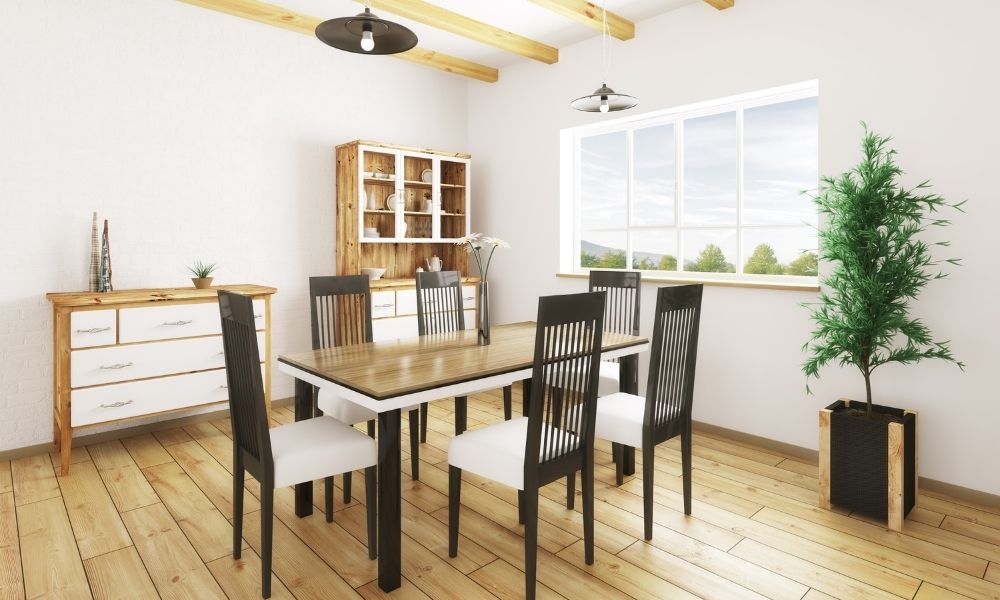
The Importance of a Dining Room Sideboard
 When it comes to designing your home, one of the most important spaces to consider is the dining room. This is where you gather with family and friends to share meals and create memories. And no dining room is complete without a
dining room sideboard
, also known as a buffet or credenza. This versatile piece of furniture not only adds style to your dining room, but it also provides extra storage and functionality. But with so many
sideboard
options available, it can be overwhelming to decide on the right size for your space. That's why we've put together this guide to help you determine the perfect size for your dining room sideboard.
When it comes to designing your home, one of the most important spaces to consider is the dining room. This is where you gather with family and friends to share meals and create memories. And no dining room is complete without a
dining room sideboard
, also known as a buffet or credenza. This versatile piece of furniture not only adds style to your dining room, but it also provides extra storage and functionality. But with so many
sideboard
options available, it can be overwhelming to decide on the right size for your space. That's why we've put together this guide to help you determine the perfect size for your dining room sideboard.
Consider the Size of Your Dining Room
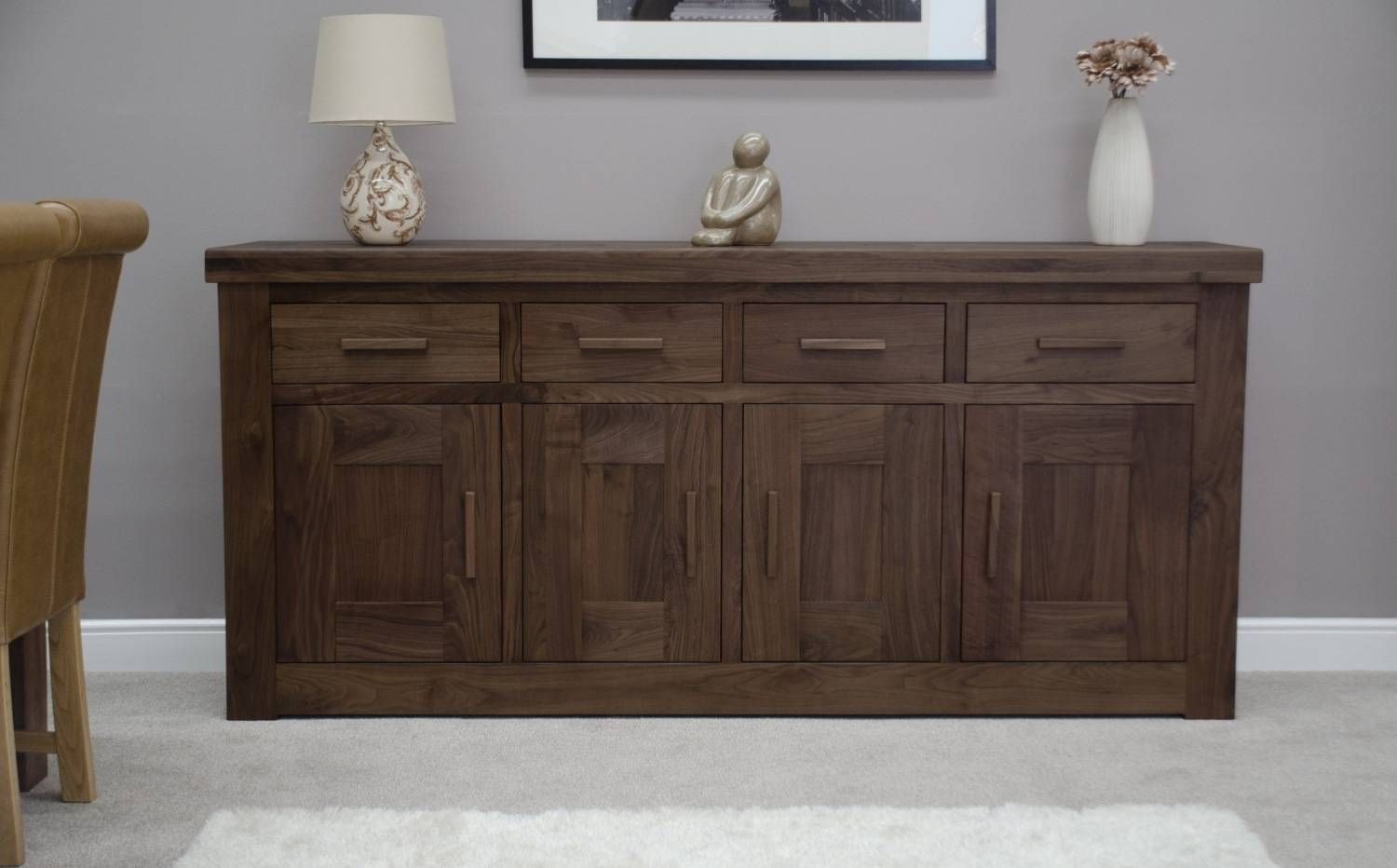 The size of your dining room is a major factor in determining the size of your
dining room sideboard
. You don't want to overcrowd the space with a
sideboard
that is too large, making it difficult to navigate around the room. On the other hand, a
sideboard
that is too small can look out of place and leave the room feeling unbalanced. Measure the length and width of your dining room to get a better idea of the available space. This will help you determine the maximum size of the
sideboard
that will comfortably fit in your dining room.
The size of your dining room is a major factor in determining the size of your
dining room sideboard
. You don't want to overcrowd the space with a
sideboard
that is too large, making it difficult to navigate around the room. On the other hand, a
sideboard
that is too small can look out of place and leave the room feeling unbalanced. Measure the length and width of your dining room to get a better idea of the available space. This will help you determine the maximum size of the
sideboard
that will comfortably fit in your dining room.
Consider the Functionality
 Aside from adding style, a
dining room sideboard
should also serve a practical purpose. Consider what you will be using it for. Will it mainly be used for storing extra dinnerware and serving dishes? Or will you also use it as a serving station for meals? The size of your
sideboard
should accommodate your needs. If you plan on using it for serving, make sure there is enough space for plates, platters, and other serving dishes. If it's mainly for storage, consider the number of drawers and shelves you will need.
Aside from adding style, a
dining room sideboard
should also serve a practical purpose. Consider what you will be using it for. Will it mainly be used for storing extra dinnerware and serving dishes? Or will you also use it as a serving station for meals? The size of your
sideboard
should accommodate your needs. If you plan on using it for serving, make sure there is enough space for plates, platters, and other serving dishes. If it's mainly for storage, consider the number of drawers and shelves you will need.
Proportions are Key
 When it comes to furniture, proportion is key. Your
dining room sideboard
should be in proportion to the other furniture in the room. If you have a large dining table, a
sideboard
that is too small will look out of place. On the other hand, if you have a small dining table, a
sideboard
that is too large will overpower the room. Consider the height of your
sideboard
as well. You don't want it to be so tall that it blocks the view of any artwork or decorations on the walls.
When it comes to furniture, proportion is key. Your
dining room sideboard
should be in proportion to the other furniture in the room. If you have a large dining table, a
sideboard
that is too small will look out of place. On the other hand, if you have a small dining table, a
sideboard
that is too large will overpower the room. Consider the height of your
sideboard
as well. You don't want it to be so tall that it blocks the view of any artwork or decorations on the walls.
The Perfect Size for You
 At the end of the day, the perfect size for your
dining room sideboard
is the one that meets all your needs and fits comfortably in your space. Take the time to shop around and measure different options to find the perfect fit for your dining room. And remember, a
sideboard
that is too small can always be paired with a matching hutch for additional storage and style.
At the end of the day, the perfect size for your
dining room sideboard
is the one that meets all your needs and fits comfortably in your space. Take the time to shop around and measure different options to find the perfect fit for your dining room. And remember, a
sideboard
that is too small can always be paired with a matching hutch for additional storage and style.
In Conclusion
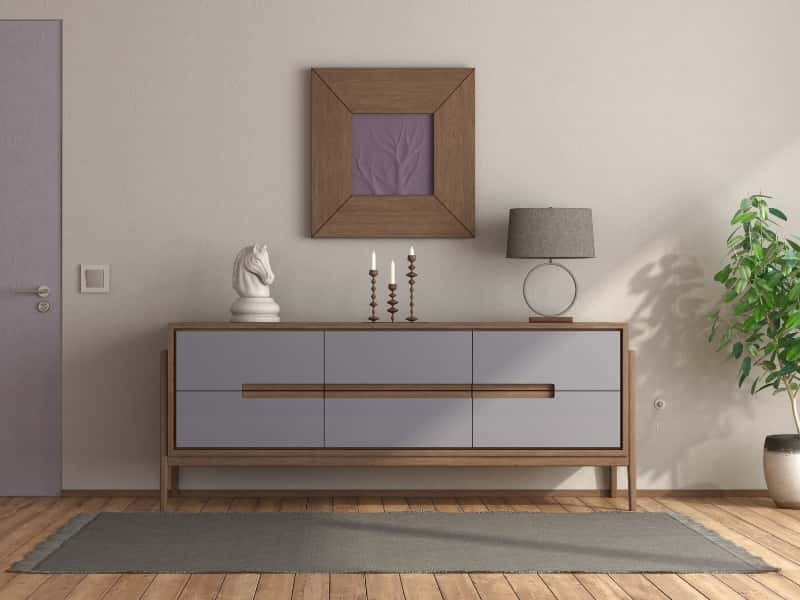 A
dining room sideboard
is an essential piece of furniture for any dining room. When choosing the perfect size, consider the size of your dining room, the functionality, and the proportions in relation to the other furniture in the room. With these tips in mind, you can find the perfect
sideboard
to enhance your dining room and make it both functional and stylish.
A
dining room sideboard
is an essential piece of furniture for any dining room. When choosing the perfect size, consider the size of your dining room, the functionality, and the proportions in relation to the other furniture in the room. With these tips in mind, you can find the perfect
sideboard
to enhance your dining room and make it both functional and stylish.


